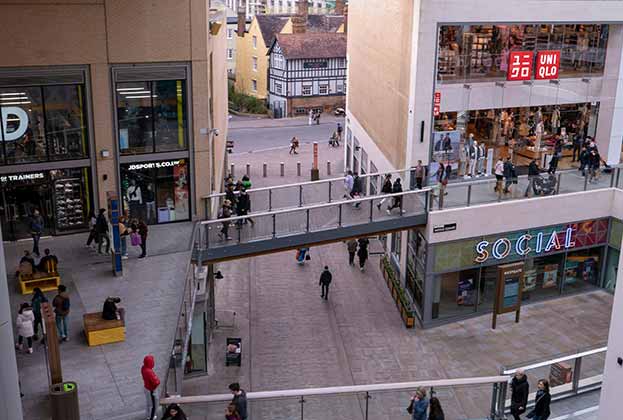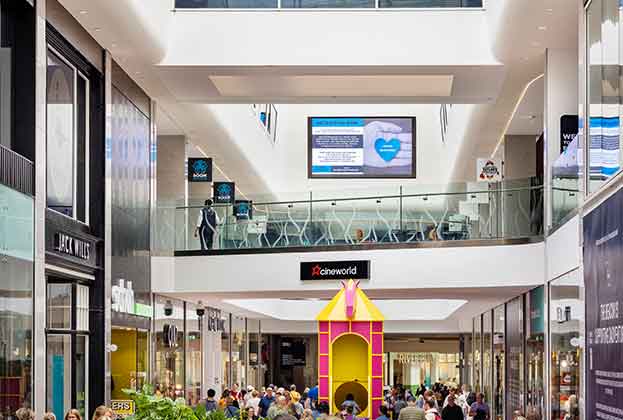In a year which has so far seen investment in most sub-sectors of the UK commercial property market slow down considerably, demand for high street retail assets remains relatively robust. So which towns strike the best balance between attractive pricing and being structurally sound from an occupier perspective, therefore offering the greatest income security? We examined the key occupational market drivers and property fundamentals of 67 retail centres in order to draw up a top 15 (see graph below).
(1).jpg)
.png)
What emerges is a list which includes a number of affluent markets typical of the target list for retailers and investors alike, but also a number of surprises, including Southampton and Leamington Spa. Although high street retail has lagged behind the recovery in the wider UK property market (with average rents still 11.5 per cent below their 2008 peak according to MSCI), this was largely due to structural shifts in the market as a result of online retail growth. Yet despite retailers increasingly pursuing a multi-channel approach, the need for stores does not seem to be waning.
The key for investors is to identify those centres where the occupational drivers are the most robust and therefore best placed to weather any future ‘storm’. This defensibility is what really makes our top 15 stand out from the crowd – in the majority of cases they demonstrate a lack of supply and restricted ability to deliver new prime stock.
The gap between pricing and upside in rents is clearly demonstrated when you look at the yield spread to the previous 2007 peak and rental growth forecasts for the top 15 markets. Richmond, for example, is the only market where yields are below where they were in 2007 and also leads the way in terms of rental growth outlook, with an average growth of 3.4 per cent per annum forecast over the next five years.
.png)
The remaining 14 markets, however, all have an indicative prime yield spread of at least 25 basis points (bps) above their previous peak. Edinburgh and Southampton have a 75bps and 125bps spread respectively, but are forecast to experience an average growth in rents of between 2 and 2.5 per cent over the next five years. There has been particularly strong investor demand for prime towns such as Kingston and Guildford, as evidenced by the inward movement of yields over the last 12 months.
With investors increasingly looking for ‘value’, high street retail is looking increasingly attractive when compared with prime offices, for example, but it is the defensible nature of the location as a retailing centre that needs to be the foremost consideration if investors want a secure income.
Further information
Visit Savills Commercial Research





.jpg)
